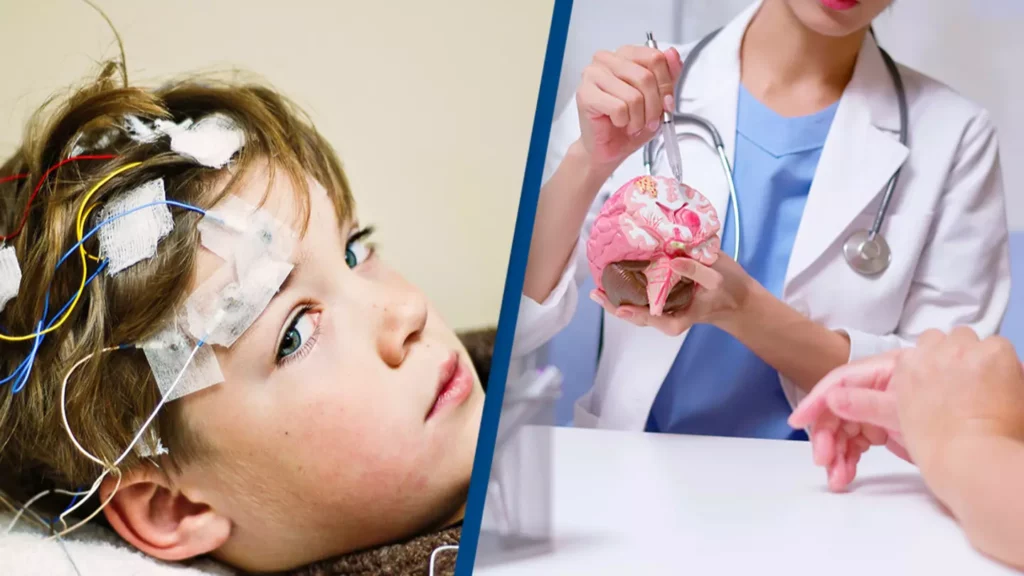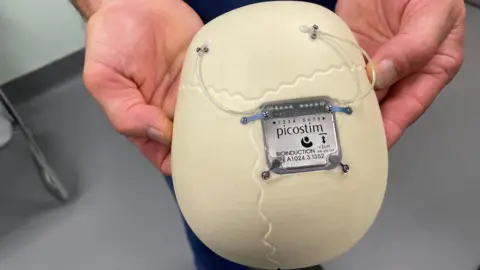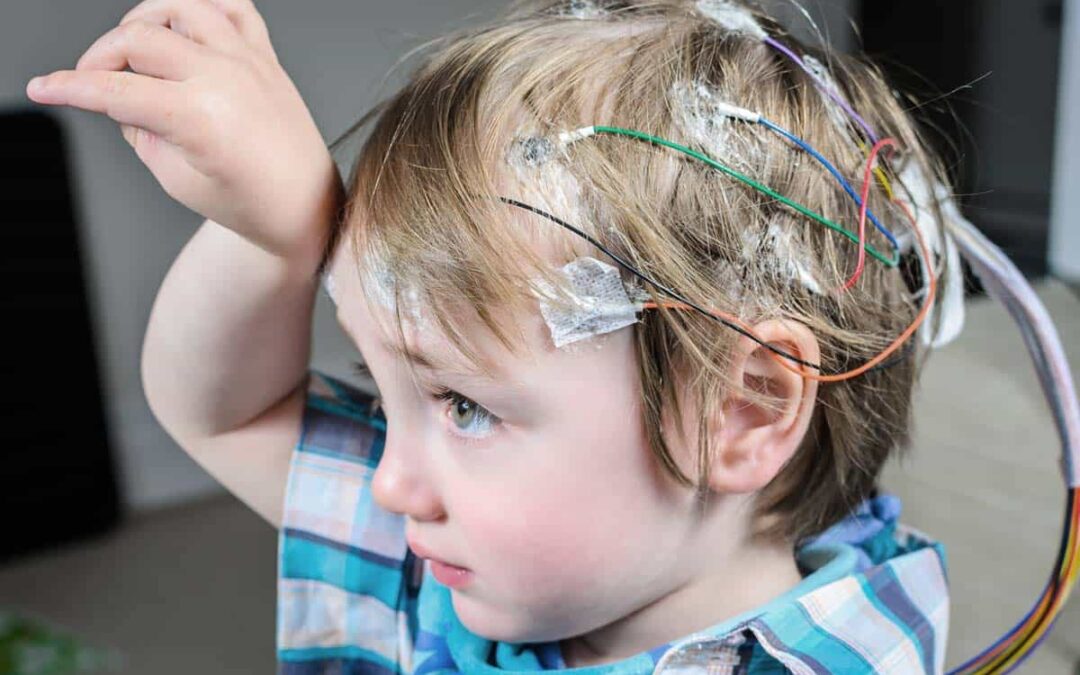A 13-year-old kid has become the world’s first patient to test a brain stimulation device for treating severe epilepsy.
We are witnessing some truly astounding technological advancements.
And this latest piece of technology, developed by professionals, appears to be a game changer for millions of people if it becomes widely adopted.
Oran Knowlson suffers from severe epilepsy, with hundreds of seizures every day.
The teen got surgery at the age of 12 in October 2023, and his family claims he is already reaping significant benefits.
READ MORE: Human With Neuralink Brain Chip Finds Progress After Initial Malfunction, According To The Company
Justine, Oran’s mother, told the BBC that “I had a fairly bright three-year-old, and within a few months of his seizures commencing, he deteriorated rapidly, and lost a lot of skills.”

Her little son was diagnosed with autism and ADHD, as well as Lennox-Gastaut syndrome, which Justine claims ‘robbed him of all of his childhood’.
According to the National Organization for Rare Disorders, Lennox-Gastaut syndrome (LGS) “is a severe form of epilepsy that typically becomes apparent during infancy or early childhood.”
They continue: “Affected children experience several different types of seizures, most commonly atonic, tonic and atypical absence seizures.”
Children with this illness may also experience cognitive impairment, delays in reaching developmental milestones, and behavioral issues.
As a result, Oran’s mother described how he frequently fell to the floor, lost consciousness, and, on occasion, stopped breathing.

Because traditional pharmacological therapies may not always work in these circumstances, scientists have started exploring other therapy options.
The CADET Project intends to test the use of a deep brain simulation (DBS) on 22 children with Lennox-Gastaut syndrome.
Oran became the first child to have his device surgically implanted.
The simulator is attached to the skull, with electrodes implanted into the area of the brain responsible for seizure activity.
“This study is hopefully going to allow us to identify whether deep brain stimulation is an effective treatment for this severe type of epilepsy and is also looking at a new type of device, which is particularly useful in children because the implant is in the skull and not in the chest,” Martin Tisdall, senior neurosurgeon, told the BBC.
Oran’s life has changed dramatically since his eight-hour surgery.
The teen has experienced an 80% reduction in daytime seizures.
“He is more alert and has no drop seizures during the day,” his mother explained.
Radiant TV, offering to elevate your entertainment game! Movies, TV series, exclusive interviews, music, and more—download now on various devices, including iPhones, Androids, smart TVs, Apple TV, Fire Stick, and more.


